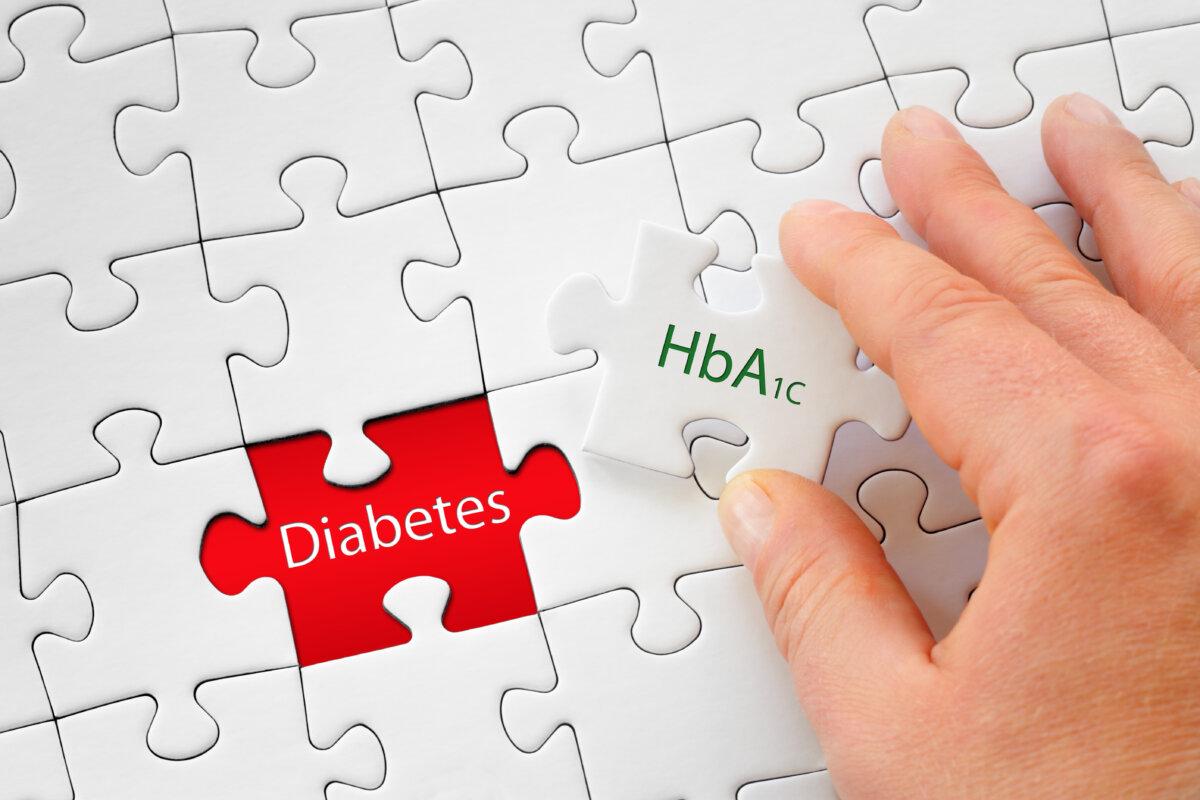Continuous glucose measurement shows that hemoglobin can be glycated differently in different individuals with the same average blood sugar. The clinical implications of this finding are not yet fully clear.

fovito/AdobeStock
Glycated hemoglobin (HbA1c) has been used for many years to diagnose diabetes and monitor quality of care. Compared to fasting glucose determination, it has the advantage of reflecting long-term glycemic control. However, during continuous glucose monitoring (CGM) periods, HbA also has disadvantages1c was shown. In particular, not all people always correlate blood sugar levels with the same accuracy. “We have known since the 1980s that anemia, hemoglobinopathy, renal failure and many other conditions affect HbA.1c Must,” says Professor Dr. Earl Hirsch of the Diabetes Institute at the University of Washington. With the help of CGM, the relationship between mean blood glucose levels and HbA was determined in 2008 as part of the ADAG study.1c determined. Hirsch says that the large statistical disparities are significant, and he emphasizes that this observation has been confirmed in several studies and that people with diseases such as anemia or kidney failure were excluded from these studies.1 Hirsch: “Therefore, it is clear that besides the known comorbidities and the physiology of hemoglobin, there must be other factors influencing HbA.1c should.”
This may include survival time of erythrocytes, which fluctuates by about 50% between 40 and 60 days in studies with non-anemic subjects.2 Hence, the term “estimated HbA” was used1c“Regarding CGM and replaced by “Glucose Management Indicator” (GMI).3 Deviation from measured HbA1c It varies from person to person and can be significant. In a group of more than 600 patients, half had HbA1c GMI and GMI were above half percent; At 22% it was even a whole percentage point different.4